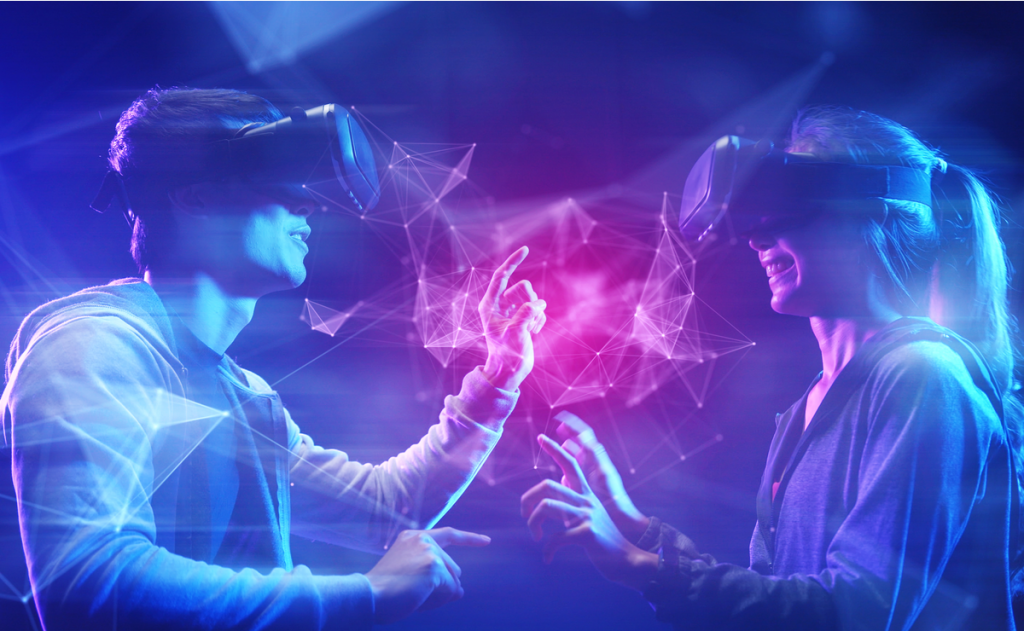Highlights –
- The creation of all the objects in the Metaverse will be based on the major use of AI.
- BuilderBot is a part of Meta’s larger AI project called CAIRaoke.
Last month, Meta had revealed that it is working on a new Artificial Intelligence (AI) project to power the Metaverse. Along the same lines, the tech company’s latest AI research has introduced BuilderBot, a new tool that aims to fuel creativity in the Metaverse where it can generate immersive objects based on voice commands only.
Building for the Metaverse will involve major advancements in AI. Meta AI labs are already making efforts to advance research and development as part of a long-term effort to power the next era of computing.
Meta believes BuilderBot will enable users to narrate a world and then build those aspects of the world accordingly. It added that as we make advancements in this technology, users will be able to create nuanced worlds to explore and share experiences with others just as their voices.
BuilderBot is a part of a larger AI project called CAIRaoke, which works on developing the conversational AI required to create these virtual worlds.
Understanding the full scope of the problem is the first and foremost step in advancing conversational AI. Watching the recent advances in NLU, such as BART and GPT-3, many people believe that the challenge of understanding and generating human-like text has been solved.
AI for understanding is well researched and developed across the industry. AI is used to extract meaning from various input modalities, such as automatic speech recognition, image classification, and NLU.
AI for interaction is also used to understand how the world interacts with other people using technology. This can be in the form of sending a text, a voice command, showing an image, a video, haptic feedback, an avatar face, or a combination of all these.
As Meta is working rapidly to build the metaverse, it will take a quantum leap in areas like self-supervised learning and build the world’s most powerful AI supercomputer to drive the future of AI research breakthroughs.





























































